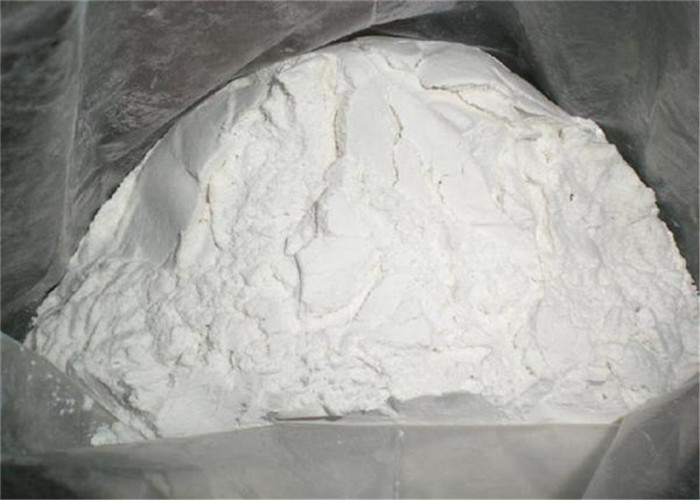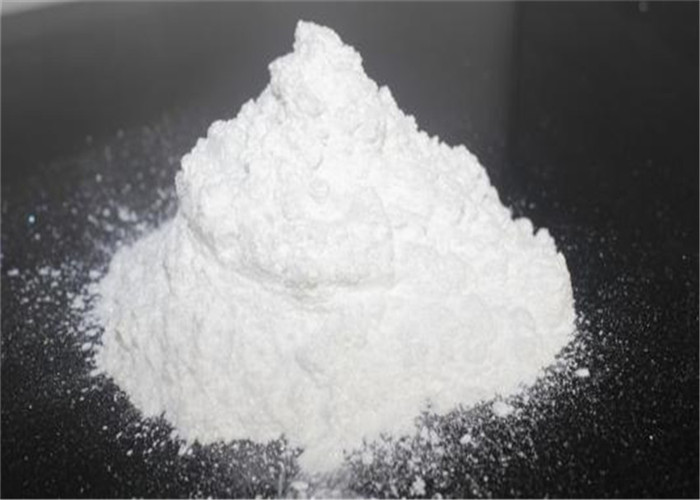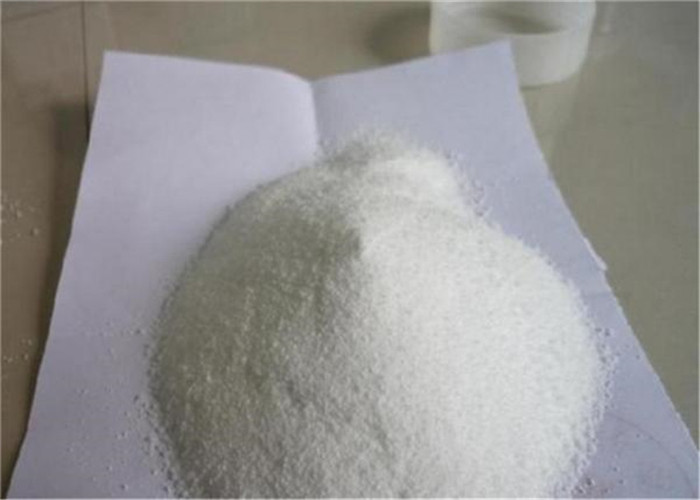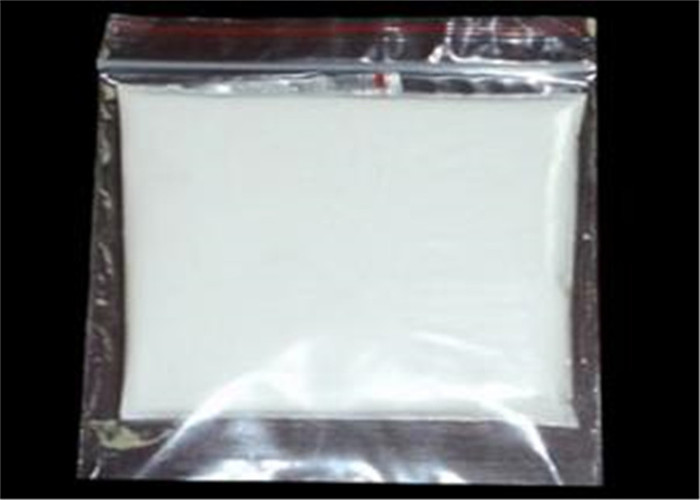Top Quality Pramipexole Dihydrochloride CAS 104632-26-0 Active Pharmaceutical Ingredient For Muscle Gain
Información básica:
Pramipexole dihydrochloride
CASO: 191217-81-9
Fórmula molecular:C10H17N3S.2(HCl).H2O
Peso molecular:302.26
Calidad estandar:EP7.0/USP35
Ensayo: 99.5%
Apariencia: White powders
Paquete: 1kg/fluoride bottle
Pago:T / T, Western Union y MoneyGram
Entrega:Dentro de las 24 horas posteriores a su pago
Expresar: EMS, DHL, FedEx, etc.(door-to-door)
Solicitud
Pramipexole is used to treat symptoms of Parkinson’s disease (stiffness, tremors, muscle spasms, and poor muscle control). Pramipexole is also used to treat restless legs syndrome (RLS).
Pramipexole also possesses low/insignificant affinity (500–10,000 nM) for the 5-HT1A, 5-HT1B, 5-HT1D, and α2-adrenergic receptors. It has negligible affinity (>10,000 nM) for the D1, D5, 5-HT2, α1-adrenergic, beta-adrenergic, H1, and mACh receptors. All sites assayed were done using human tissues.
While pramipexole is used clinically (see below), its D3-preferring receptor binding profile has made it a popular tool compound for preclinical research. Por ejemplo, pramipexole has been used (in combination with D2- and or D3-preferring antagonists) to discover the role of D3 receptor function in rodent models and tasks for neuropsychiatric disorders.
Of note, it appears that pramipexole, in addition to having effects on dopamine D3 receptors, may also affect mitochondrial function via a mechanism that remains less understood. A pharmacological approach to separate dopaminergic from non-dopaminergic (e.g. mitochondrial) effects of pramipexole has been to study the effects of the R-stereoisomer of pramipexole (which has much lower affinity to the dopamine receptors when compared to the S-isomer) side-by-side with the effects of the S-isomer.
Effects of Pramipexole
The positive effects of Pramipexole medically revolve primarily on relieving the symptoms of Parkinson’s disease and improving the mood of the patient. Sin embargo, the drug is also used by some performance enhancing athletes, primarily to combat a specific kind of gynecomastia and improve sexual function that is sometimes diminished through the use of specific anabolic steroids.
When prolactin levels increase significantly, along with elevated levels of estrogen, this can induce gynecomastia (male breast enlargement). Even if estrogen is controlled, in ‘Gyno’ sensitive men heavily elevated levels of prolactin can still induce gynecomastia. The elevated levels of prolactin due to steroid use are most commonly associated with the Nandrolone (· recalentar la mezcla si es necesario colocando el vial en una sartén y colocarlo sobre el ojo de la estufa · colocar un) and Trenbolone hormones. Not all men will have an issue with increases in prolactin due to the use of these steroids; it is somewhat dose dependent and highly dependent on genetic predispositions. Sin embargo, if control is needed Pramipexole is a suitable option for control.













 Gerente de ventas
Gerente de ventas